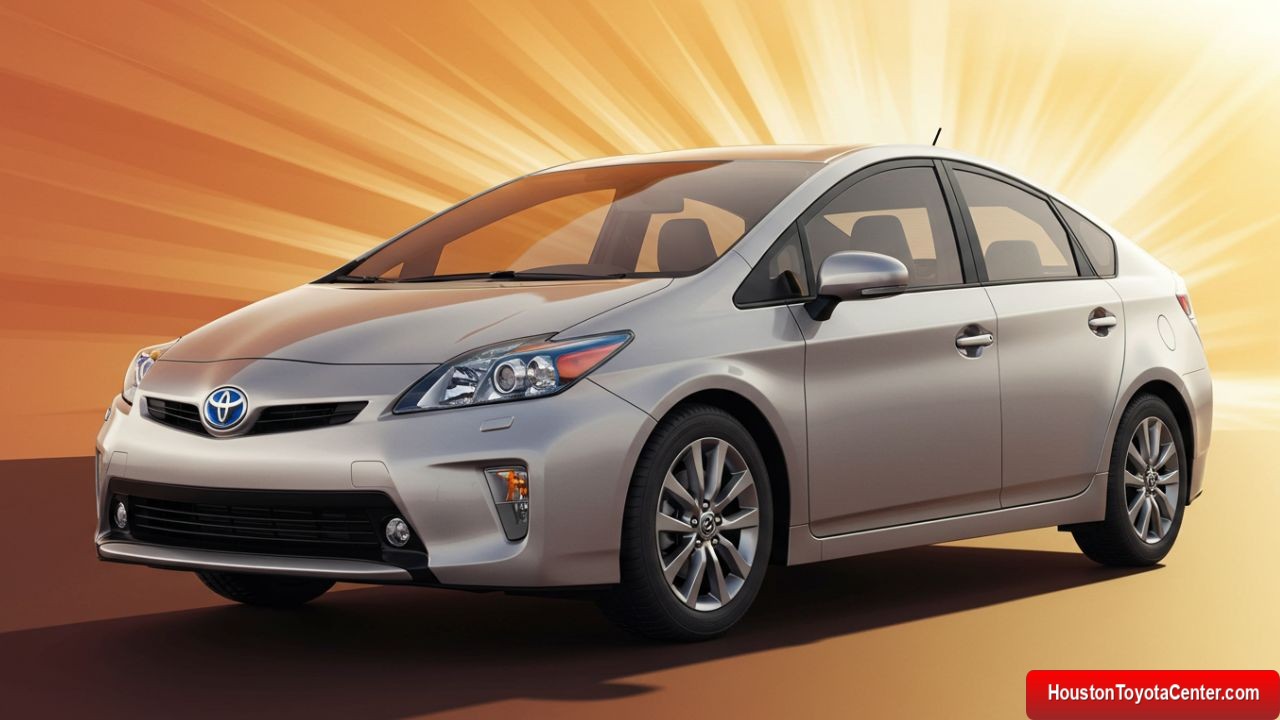The Toyota Prius is one of the most recognizable vehicles in the automotive industry, heralded as a pioneer in hybrid technology and a symbol of environmental consciousness. From its conceptual stages to becoming an iconic representation of sustainable driving, the Prius’s journey mirrors the evolving landscape of automotive engineering and global awareness of environmental issues. This article delves deep into the history, technological advancements, cultural impact, and future prospects of the Toyota Prius.
Early Beginnings: The Concept Phase
In the early 1990s, the automotive industry was grappling with increasing concerns about fuel consumption and air pollution. Toyota’s response was the “G21” project, launched in 1993. The project aimed to develop a vehicle that could achieve a 50% improvement in fuel efficiency compared to traditional gasoline-powered cars. The term “Prius,” which means “to go before” in Latin, was chosen to signify the vehicle’s role as a forerunner of future automotive technology.
Toyota engineers faced significant challenges in the initial stages, particularly with the hybrid system—a novel concept at the time. Combining an internal combustion engine with an electric motor required breakthroughs in battery technology, power management, and system integration. After years of rigorous testing and refinement, the first-generation Prius was unveiled to the public.
The First Generation (1997-2003): A Bold Beginning
Launched in Japan in 1997, the first-generation Prius was a compact sedan equipped with Toyota’s revolutionary Hybrid Synergy Drive. The vehicle featured a 1.5-liter gasoline engine paired with an electric motor, achieving a fuel efficiency of approximately 28 km/l (66 mpg in the Japanese test cycle).
FREE: Quickly identify and understand problems with your vehicle 🚘
CLICK HEREDespite skepticism about the practicality and reliability of hybrid vehicles, the Prius gained traction due to its innovative technology and promise of reduced emissions. In 2000, Toyota introduced the Prius to international markets, including the United States, marking the beginning of its global influence. While initial sales were modest, the Prius captured the imagination of environmentally conscious consumers and laid the groundwork for its future success.
The Second Generation (2003-2009): Redefining the Hybrid
The second-generation Prius, released in 2003, represented a significant leap forward in design, technology, and performance. Its distinctive wedge-shaped profile improved aerodynamics, reducing drag and enhancing fuel efficiency. The vehicle also featured a more powerful and efficient hybrid system, achieving a combined fuel economy of around 46 mpg in the U.S. EPA cycle.
This generation marked the Prius’s transition from a niche product to a mainstream vehicle. Toyota’s efforts to improve reliability and lower production costs paid off, leading to a surge in sales. By the mid-2000s, the Prius had become synonymous with eco-friendliness, attracting high-profile endorsements from celebrities and environmental advocates. Its growing popularity signaled a shift in consumer attitudes toward sustainability and energy conservation.
The Third Generation (2009-2015): Entering the Mainstream
Building on the success of its predecessor, the third-generation Prius debuted in 2009 with further enhancements in efficiency, performance, and versatility. The vehicle’s 1.8-liter engine, paired with an improved electric motor, delivered a combined fuel economy of up to 50 mpg, making it one of the most fuel-efficient vehicles in its class.
Toyota expanded the Prius lineup during this period, introducing models such as the Prius c (a compact variant), Prius v (a larger, wagon-style version), and the Prius Plug-in Hybrid (PHV). These variations catered to diverse consumer needs, solidifying the Prius’s status as a versatile and practical choice for eco-conscious drivers.
The third generation also saw advancements in technology, including the introduction of solar-powered ventilation systems and advanced driver-assistance features. These innovations reinforced Toyota’s commitment to sustainability and technological leadership.
The Fourth Generation (2015-Present): Embracing Modernity
The fourth-generation Prius, launched in 2015, brought a bold new design and significant improvements in efficiency and performance. Built on Toyota’s New Global Architecture (TNGA) platform, the vehicle offered a lower center of gravity, improved handling, and enhanced safety features. Its hybrid system achieved an impressive combined fuel economy of up to 58 mpg in certain trims, setting a new benchmark for hybrid vehicles.
This generation also emphasized connectivity and user experience, incorporating features such as a large touchscreen interface, smartphone integration, and advanced safety systems like Toyota Safety Sense. The Prius Prime, a plug-in hybrid variant, offered an extended electric-only range, catering to consumers seeking greater flexibility in their driving options.
Cultural Impact and Global Influence
The Toyota Prius has transcended its role as a vehicle, becoming a cultural icon and a symbol of environmental stewardship. Its early adoption by celebrities and its prominent appearance in films, television shows, and political campaigns helped shape public perceptions of hybrid technology.
The Prius’s success also spurred competition and innovation within the automotive industry. Many manufacturers followed Toyota’s lead, developing their own hybrid and electric vehicles to meet growing consumer demand and regulatory requirements. This competition has accelerated the transition toward sustainable mobility and reduced greenhouse gas emissions worldwide.
Challenges and Criticisms
Despite its achievements, the Prius has faced its share of challenges and criticisms. Early models were criticized for their unconventional design and higher price compared to conventional vehicles. Skeptics questioned the environmental benefits of hybrid technology, particularly regarding battery production and disposal.
Additionally, the rise of fully electric vehicles (EVs) has posed a challenge to hybrid models like the Prius. As EVs become more affordable and charging infrastructure expands, some consumers have shifted their focus away from hybrids to fully electric options. Toyota has responded by investing in EV technology while continuing to refine its hybrid offerings.
The Future of the Prius
As the automotive industry moves toward electrification, the Toyota Prius faces the challenge of remaining relevant in an increasingly competitive market. Toyota has signaled its commitment to sustainability by expanding its lineup of EVs and hydrogen fuel cell vehicles, alongside its hybrid models.
The next generation of the Prius is expected to incorporate cutting-edge technology, such as solid-state batteries, enhanced connectivity, and even greater efficiency. By leveraging its legacy as a pioneer in hybrid technology, the Prius can continue to play a vital role in shaping the future of sustainable transportation.
Conclusion
The Toyota Prius is more than just a car; it is a testament to the power of innovation and the potential for positive change in the face of global challenges. From its humble beginnings as a concept to its status as an automotive icon, the Prius has paved the way for a more sustainable future. As the industry evolves, the Prius’s legacy will undoubtedly inspire the next generation of vehicles and drivers committed to protecting our planet.


Leave a Reply